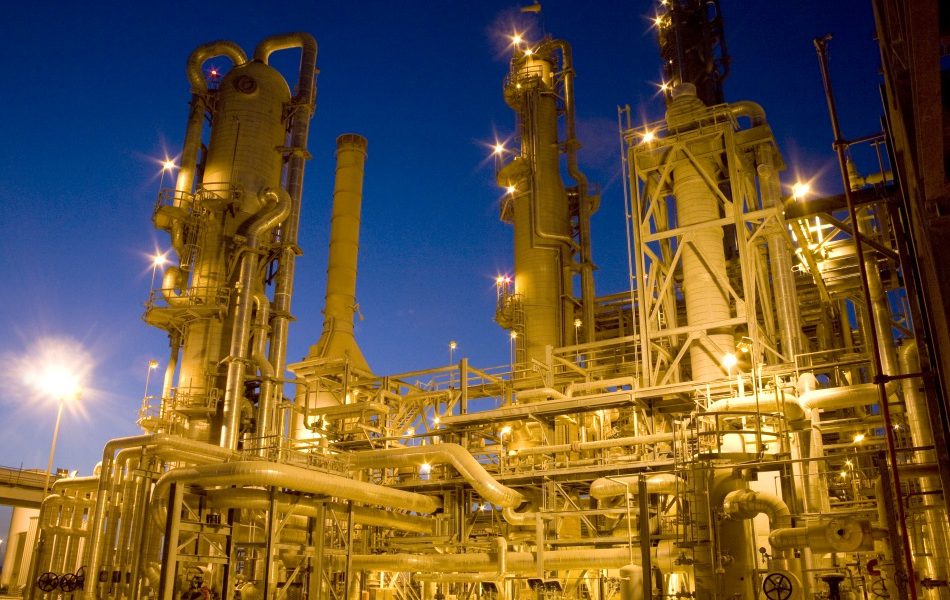Hydrogen has long been seen as the fuel of the future. Consisting of the most abundant chemical substance in the universe, hydrogen fuel is set to make a major contribution to the energy transition away from fossil fuels.
The UK Prime Minister Boris Johnson believes his country will be a major winner from the “Hydrogen Revolution,”. The UK’s recently released Hydrogen Strategy sees huge potential for the UK to be a global centre for hydrogen-based fuels to power the aviation, road freight and shipping industries. The shipping sector in particular is argued to offer huge opportunity as a market for hydrogen based, clean energy fuels principally derived from ammonia. But before this clean energy vision for the shipping sector can be realised, the UK must engage with some thorny problems that come with leaning on ammonia as a source for the ‘fuel of the future – how do you harness a clean fuel from an industry with questionable environmental credentials?
One of the principal problems with realising the Hydrogen Economy concerns its supply and transportation. There are a number of ways to ship and store hydrogen, each of which throw up logistical challenges. Hydrogen can be transported as a pressurised gas, but only in limited quantities due to the incredibly high pressure required to transport larger volumes. As hydrogen embrittles metals like steel it can only be transported in specialized pipelines which will require extremely expensive upgrades to existing infrastructure. It can be shipped in tankers as a liquid, but this is expensive and environmentally damaging given the cost and energy required to keep the liquid at extremely low temperatures.
The Hydrogen Strategy noted that low carbon hydrogen and hydrogen-derived fuels like ammonia are likely to play a “crucial role” in the decarbonisation of the maritime sector. The Strategy correctly noted that as liquid ammonia is more energy dense than hydrogen it requires less space for storage, making it a more effective option for larger ships on long-distance routes. The report also observes that as ammonia is already internationally transported on ships and pipelines much of the required infrastructure and supporting regulations are already in place.
Ammonia thus appears to be the best existing solution to the hydrogen supply conundrum and presents real opportunities for reducing the carbon footprint of the global shipping industry. However, before the dreams of enthusiasts of green energy transportation can be realised, European governments need to take a close look at the global ammonia supply chain. The Hydrogen Strategy report notes that, despite its potential as a green energy source, ammonia is not currently produced in a low carbon way – this is something of an understatement.
Ammonia is one of the most produced chemicals in the world as it is used extensively in the fertiliser business. But as things stand the global production of ammonia emits more CO2 than any other chemical making industry consuming around 1% of the world’s energy production. Furthermore, the hydrogen that is used to produce the ammonia currently derives from fossil fuels, further increasing the product’s carbon footprint. Whilst there have been some positive developments in recent years with the development of green ammonia plants, which use water electrolysis and alternative energy sources in place of fossil fuels, in countries including Japan, England, Australia, and the US, these have only scratched the surface.
Large-scale ammonia production is still concentrated in a few countries notably China, responsible for 26% of global production in 2020 and Russia which contributed 10.4%. Neither country is renowned for their environmental standards nor for occupying the vanguard in the green transition movement. Indeed, if the past behaviour of the leading ammonia producers in these countries are anything to go by, they cannot be counted on to voluntarily clean up their act.
The largest Russian ammonia manufacturer TogliattiAzot has been in the news recently. The company is an enormous player in the ammonia industry, responsible for 11% of global ammonia exports. Not only has TogliattiAzot been accused of widespread environmental failings, including allegedly exploding a ammonia pipeline near a residential area, but the company’s owners have reportedly fled the country to escape convictions for fraud and the alleged attempted bribery of a supreme court judge. It was claimed that revenues were siphoned off by the management. As a result, the company has been accused of systematically underinvesting in improving its environmental standards and presenting a risk of large-scale environmental damage.
The situation in China is equally dire with the country having experienced a number of accidents as a result of poor practices in the production and storage of ammonia. In 1987, the country experienced one of its worst environmental disasters on record when an estimated 20,000 people were reportedly poisoned by the Changzhi County Chemical Fertilizer Factory dumping toxic chemicals including ammonia into a local river, which is the main source of water for nine villages. The company was accused of failing to raise the alarm or inform the authorities about the leak.
In 2013, the discharge of ammonia into the Fuhe River in China’s Hubei Province devastated local wildlife with over a hundred tonnes of dead fish being reported following the incident at a facility owned by Hubei Shuanghuan Science and Technology Stock Co, which occurred in the same year as a liquid ammonia leak at a cold storage plant in Shanghai killing at least 15 people and leaving 26 people injured.
While much of the ammonia industry is focused on delivering more efficient and environmentally friendly methods of production, the sector still includes far too many unreliable and irresponsible players. It is not enough for the EU, UK and other western governments to hope that low carbon ammonia production will simply present itself over time while turning a blind eye to the environmentally damaging actions of the world’s largest producers. A strict set of standards must be imposed on the ammonia supply chain to bar rogue producers from the green energy sector before hydrogen can be considered the fuel for the future.




